Can a tiny Suffolk cheesemonger make brie better than the French?
Once the preserve of the gastronomically righteous, Baron Bigod – produced in small numbers the old-fashioned way on a tiny Suffolk farm – has reached worldwide acclaim. Even the late Queen loved it. But what’s the secret of its meteoric rise, asks Josh Barrie. And, more importantly, what do the French think of British cheesemakers playing at being les grand fromages?

Little under 10 years ago, at a preview for the Aldeburgh Food and Drink Festival, dairy farmers Jonny and Dulcie Crickmore were introducing greedy types to their new cheese. “We shipped 17 Montbéliarde cows over from France,” Jonny said at the time. “We did the research and found they would be best for the job.”
Handing out samples, Jonny and Dulcie billed their cheese as an “English brie”, a near-mystic creation as rich and creamy as any from France. Murmurings of appreciation reverberated around the Suffolk field. Remember the name: Baron Bigod.
In the early days, Baron Bigod, from Bungay, was largely a preserve of the gastronomically righteous: those who shopped at Neal’s Yard, the upmarket, Britain-focused cheesemonger; diners who frequented the most in-tune Michelin-starred establishments; a lucky few with little else to do and who happened to be invited along to try it. However it was chanced upon, anyone who got hold of a wedge soon heralded the name.
Today, Baron Bigod is world-famous. The late Queen used to order it in, coveting the truffled variety, while Harry and Meghan dazzled guests at their royal wedding by melting pieces in croissants. Jamie Oliver – and countless other chefs besides – has long been a vocal supporter: it was among a select few cheeses to feature on his anniversary picnic, which he shared with his wife Jools as they celebrated 20 years of marriage. AA Gill took the time to visit Fen Farm Dairy in 2016. Two years later, after a segment on Radio 4’s Farming Today, Baron Bigod inspired a storyline on The Archers, when Helen Archer’s search for better quality milk for her Borsetshire Blue (a fictional cheese on the world’s longest-running series) led her to Montbéliarde cattle.
“People tell me, ‘I see your cheese everywhere’. It’s pretty crazy,” Jonny says, having just won Fine Food Digest’s “Best British Cheese” for the second year in a row. “We’ve just had our 10-year anniversary. Growth was gradual for a long while. We’ve come a long way.
“It’s amazing to think we sell all over the UK – in these Michelin-star restaurants, to chefs like Raymond Blanc, through the best retailers. We’re proud of what we’ve achieved.”
And to sell English “brie” to the French, a relatively recent development? “Well, to a few shops over there. The French are very proud of their cheese. But yes, often they’ll buy it and say, ‘wow, this is excellent brie’, and then find out it’s from over here.”
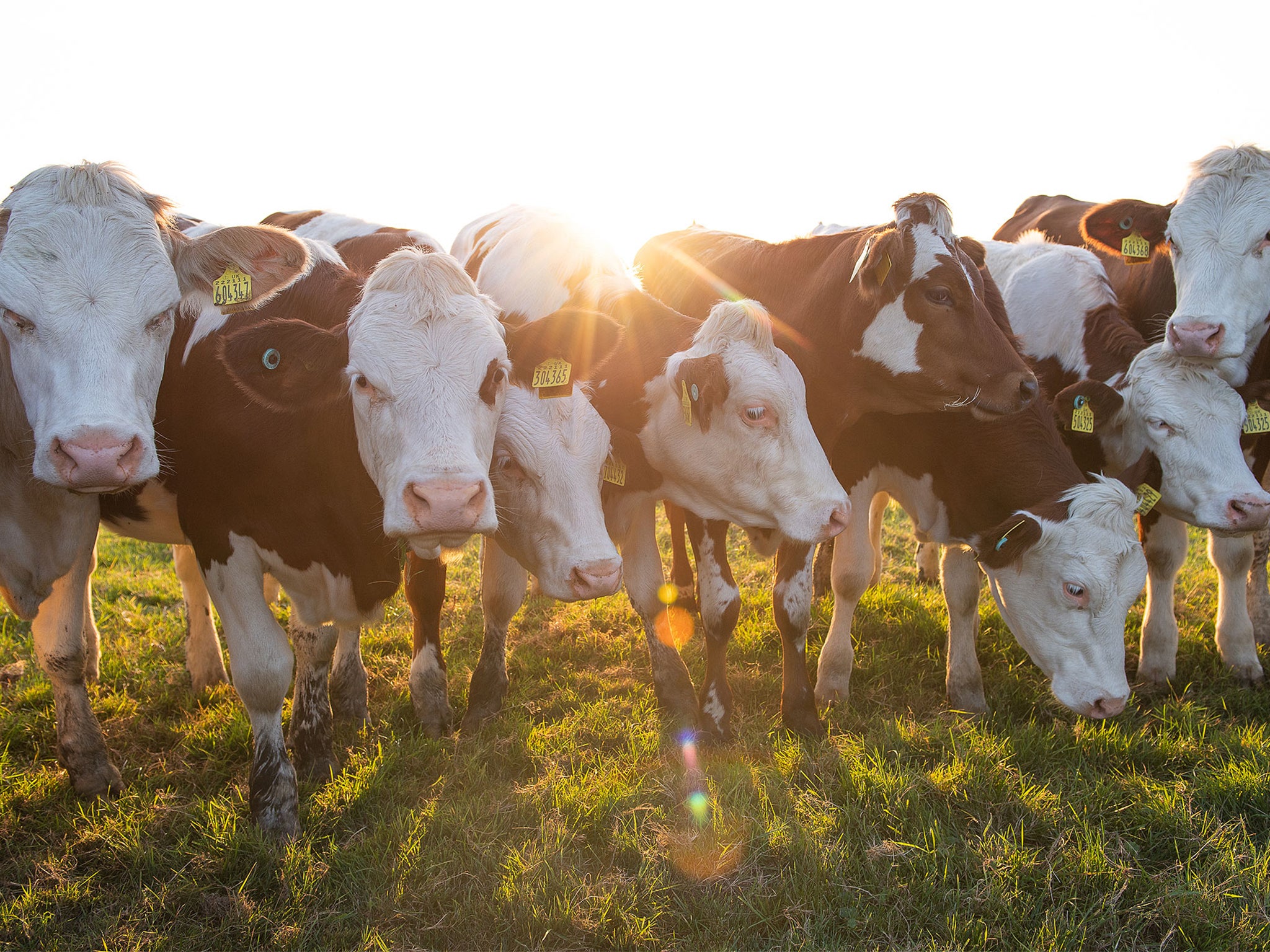
In their first year, Jonny and Dulcie produced 16 tonnes of Baron Bigod – 16 1kg wheels. It was then a disarming, promising cheese, but it wasn’t yet reputable; it hadn’t changed the game. In London, at Neal’s Yard, the first cheesemonger to stock it, customers were encouraged to try free samples. Their virtue preceded them.
“Last year, we made and sold more than 150 tonnes,” Jonny tells me. “We grew 40 per cent every year in the early stages, and we saw a huge boom in lockdown (thematic when considering fine foods). Our herd is now about 300, the daughters and granddaughters of those first 17.
“We’ve bought more land, too, because we hope to become entirely self-sufficient, growing all the crops we feed our cattle. We’ve always been environmentally conscious and locally focused, but farms can always work to be more sustainable.”
Despite this meteoric rise, and still potential abound, Fen Farm will not expand much further. Baron Bigod has never been sold in supermarkets. Jonny and Dulcie have self-imposed a limit – 300 wheels a year, give or take – and are intent on maintaining an old-fashioned sort of business.
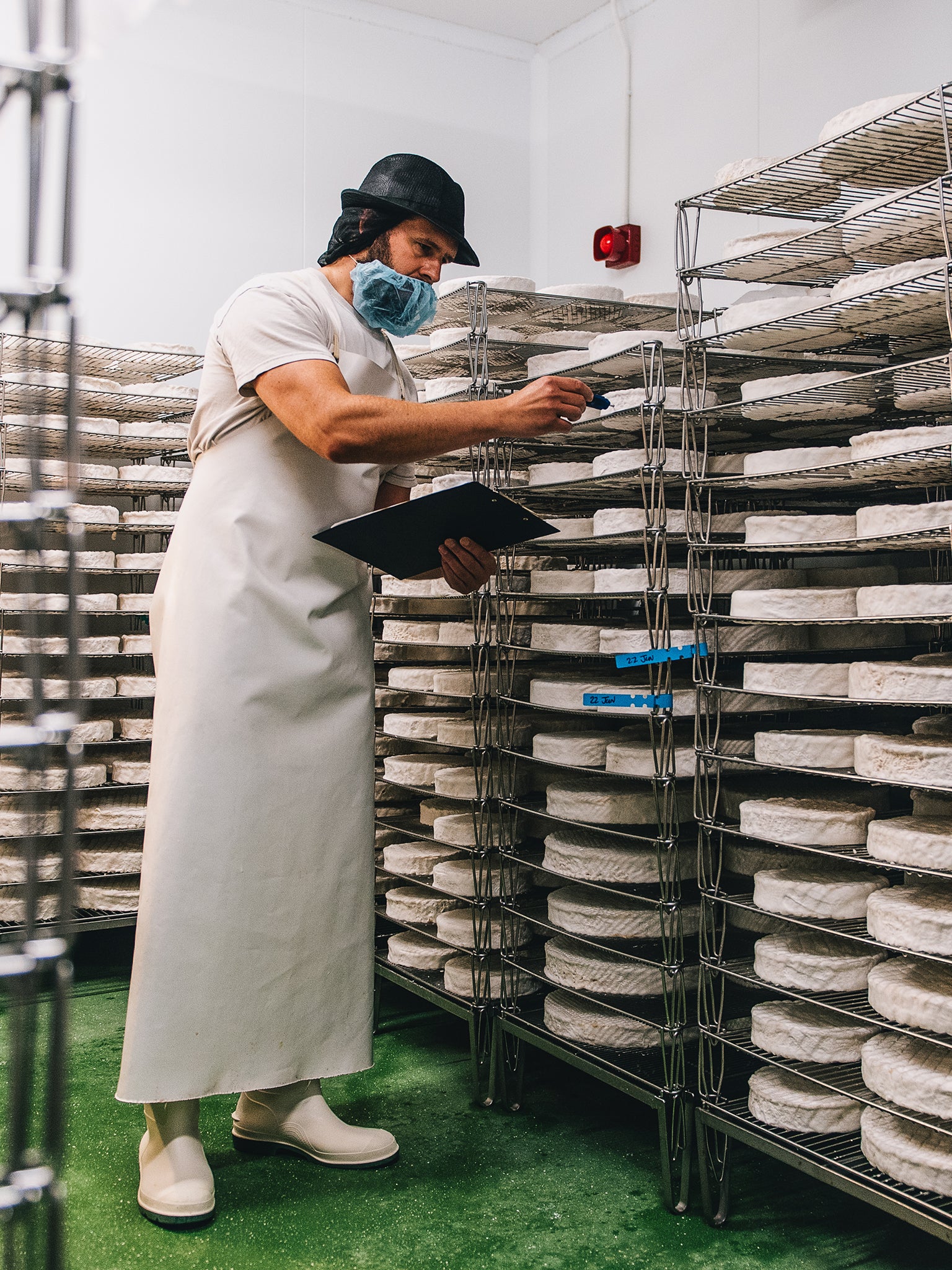
“So much cheesemaking is enormous today and quality is lost,” says Jonny. “There’s a lot of talk about single-origin chocolate – it’s the same with our cheese, because we have one herd, on one farm, in a single climate here in the Waverley Valley.
“Some cheeses now are 3,000-tonne businesses, 20 or 30 times the size of ours. Putting a mass-produced brie next to ours is like putting Cathedral City next to Montgomery cheddar. We want to stay ‘artisan’ – people love provenance and a story and I think we’ve proven our point.”
Even so, Baron Bigod, which costs more than many good quality bries, has become a multimillion-pound enterprise, its logo, a black and white cow, promising joy upon crackers. It is emblematic, even the culmination of work before – by the likes of pioneers such as Mary Holbrook, of esteemed goat’s cheese fame, and Robin Congdon, the creator of Beenleigh Blue, having revived the tradition of milking sheep in 1970s Britain.
That’s not to say conceiving Britain’s first “true” brie wasn’t exigent. We must nod to another cardinal pin in the map of artisanal British cheesemaking, Tunworth, from Hampshire, but that is made in the style of camembert – delicious; a little less technical – rather than a classic brie de meux.
Bronwen Percival, the technical director of Neal’s Yard Dairy, says Jonny and Dulcie first made contact in 2011.
“They were exploring the idea of making a brie de meux,” she says. “There was a long gestation period and it took years to get off the ground. They took their time and did their homework. But what they saw was an opportunity – it was what the market needed.”
The French are very proud of their cheese. But yes, often they’ll buy it and say, ‘Wow, this is excellent brie’, and then find out it’s from over here
“I remember them telling me that they wanted to make something that changed the British landscape. Brie is a very technical style, it’s not easy. And it needs to be consistent. There are other British bries but they’re average at best.
“Making a true brie isn’t for the faint of heart. It’s much harder than most cheeses. It requires serious expertise. They’ve proved themselves.”
Why is brie that much more arduous? Percival says it is about balance and about coordination. When crafting cheese, it needs to be stirred and warmed, the moisture has to be drained from the curds, and there is an acidification process. To find brie’s flavour and texture, brie requires pinpoint timing.
“Get all of this wrong, and it will be too runny, or too hard,” Percival explains. “You need the temperature to be spot on. There were fine British cheeses before Baron Bigod, but nobody had cracked the 3kg ‘brie’, with that layer of chalkiness running through the centre. It was a new frontier.”
Ponder French cheese and you will arrive at brie soon enough. It is likely to be considered first. A choice wheel will not be rubbery; it will ripen from the outside in, with a mushroomy, blooming rind and a smooth, shiny centre; its flavour must be majestic.
Percival adds: “Most bries we see are flat and white on the exterior. They might be fine but they’re nothing special. Top-end ones will have a complex aroma. There will be a mushroomy element, some cabbage, a little truffle. They are volatile and you know when they’re in your fridge.”
Last year, Neal’s Yard sold 19 tonnes of Baron Bigod. Much like countless other specialist cheesemongers. Courtyard Dairy is one. Paxton and Whitfield another. And Jonny and Dulcie’s “brie-style” cheese is muttered in the same breath as Montgomery cheddar and Colston Bassett stilton. Put together a cheeseboard extolling the virtues of British dairy and leaving it out would be remiss.
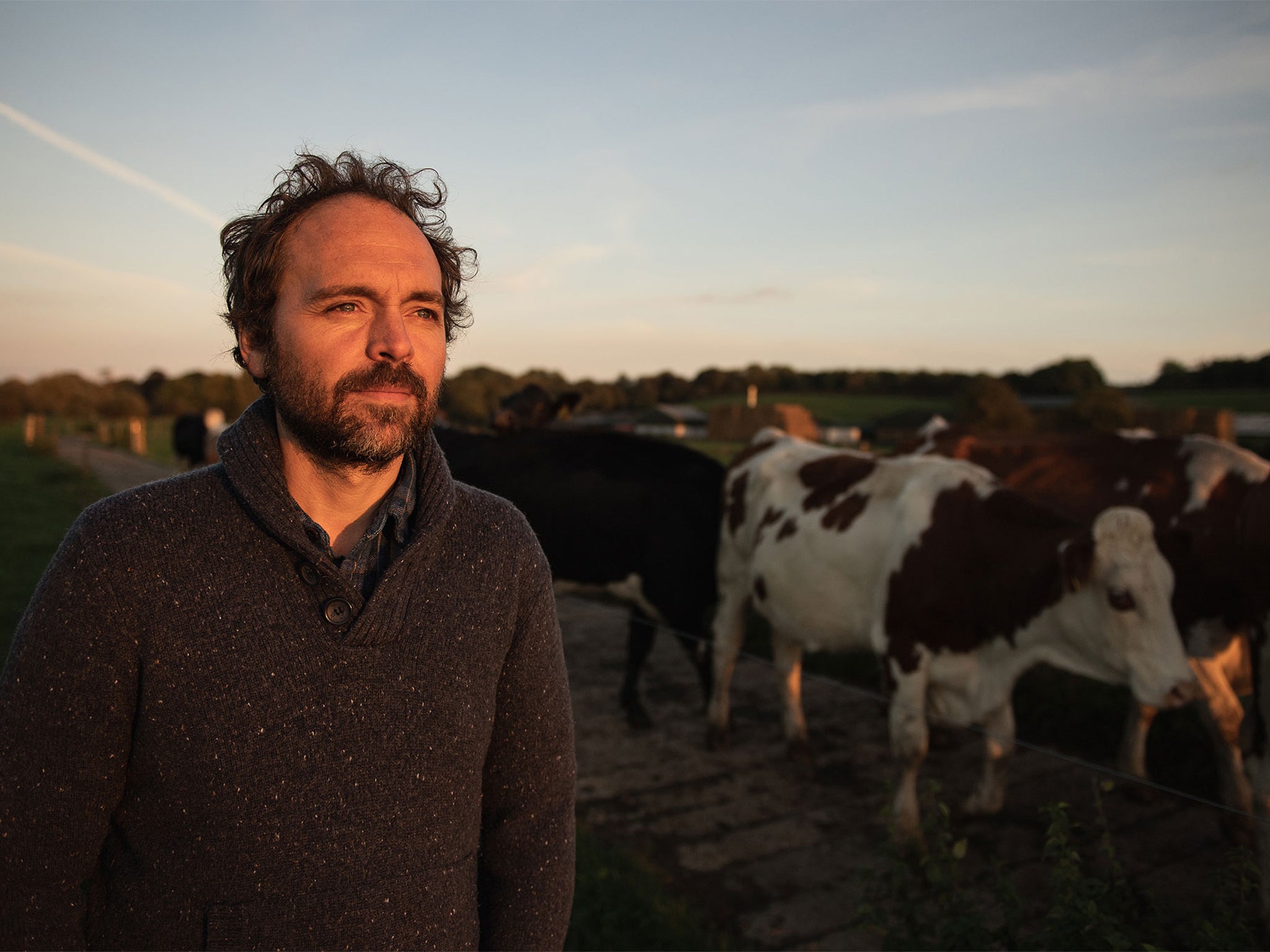
“When I sell British cheeses, I introduce ‘British versions of this or that’,” explains cheesemonger Holly Chaves, who only ate Baron Bigod this Christmas. People like to try novelties – a British parmesan or raclette, say – but often they just want the original. That’s what they know.
“Baron Bigod isn’t like that. Taste it next to a French brie and it will probably come out better. It’s just a very good product – very legit. People think it should be super soft, but the indicator is that line of chalk through the centre. Camembert, which it’s compared to a lot, is just runny.
“These days, you might not even call Baron Bigod the ‘British brie’. It’s known.”
Chaves, like Percival, believes the fact the cheese has stayed out of supermarkets has helped: “It says a lot that it’s still properly artisan. It might have been known by more people but I think it wouldn’t be the same.
“I’ve known other cheesemakers who have grown in stature and moved into mass retail, and then their product has suffered. In the end, it might be detrimental to the business if there isn’t the capacity to meet supermarket demands.”
It is intriguing, and affirming, that Baron Bigod has become mainstream – in case of any lingering doubt, there are now Baron Bigod crisps – but remained artisan all the while.
The rise has been climatic: a Suffolk farm that sought fame and found it. The paparazzi are here. Say cheese.
Five British cheeses worth a nibble
Tunworth
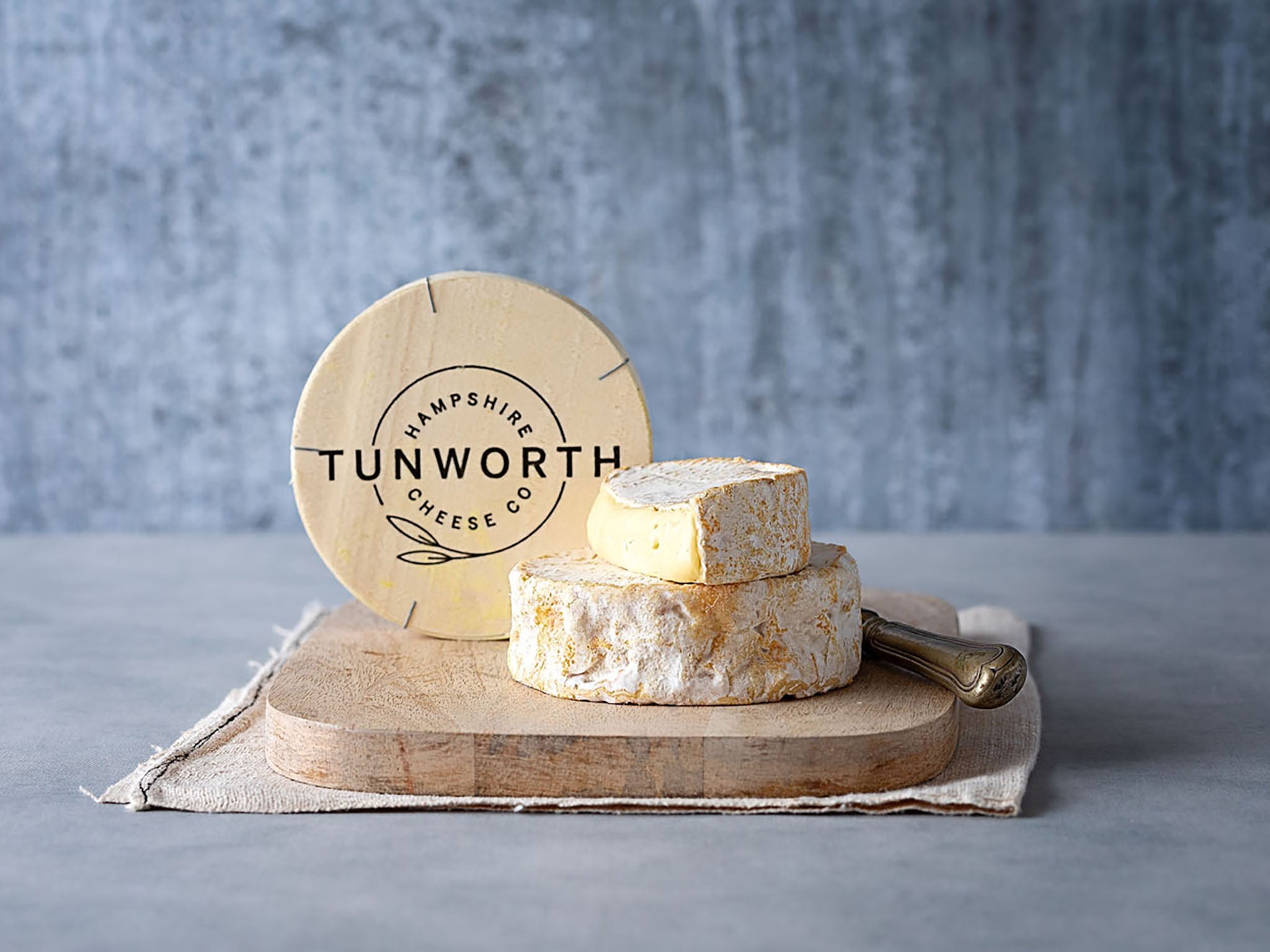
Tunworth, a Camembert-style cheese by Hampshire Cheese Co, elevates the beloved classic with British charm. Crafted from pasteurised cow’s milk, this handcrafted delicacy boasts a rich, creamy texture reminiscent of its French counterpart. However, its Hampshire origins impart a unique complexity, featuring subtle notes of cabbage-style bitterness balanced with earthy and mushroomy aromas. Encased in a soft, thin rind, each 250g wheel delivers a lasting sweetness and nuttiness that delights the palate. Tunworth stands as a testament to artisanal expertise and the lush grazing lands of rural Hampshire, inviting cheese enthusiasts to savour its distinctively British allure.
Montgomery Cheddar
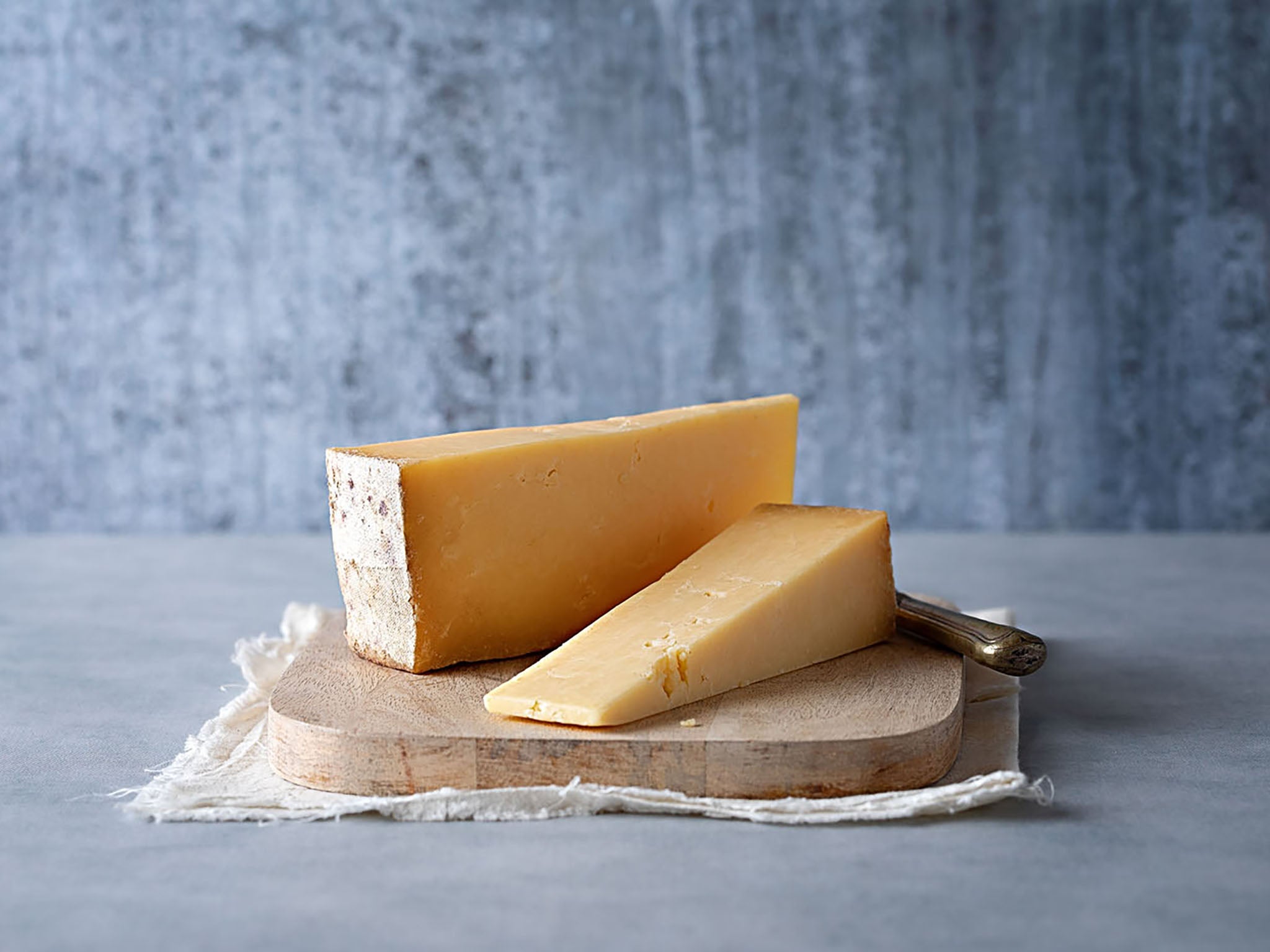
Montgomery’s Cheddar embodies Somerset’s cheese-making tradition with finesse. Handcrafted by James Montgomery from his own Friesian herd, each batch undergoes meticulous care. Utilising an old-fashioned peg mill and ageing it for a year on wooden shelves, this cheese develops a deep nutty flavour and slightly crumbly texture, wrapped snugly in muslin cloth. Crafted seven days a week, it’s a testament to dedication and craftsmanship, winning accolades for its rich, complex profile. Montgomery’s Cheddar stands as a symbol of Somerset’s cheese-making heritage, offering a taste of tradition and excellence on any cheeseboard.
Gorwydd Caerphilly
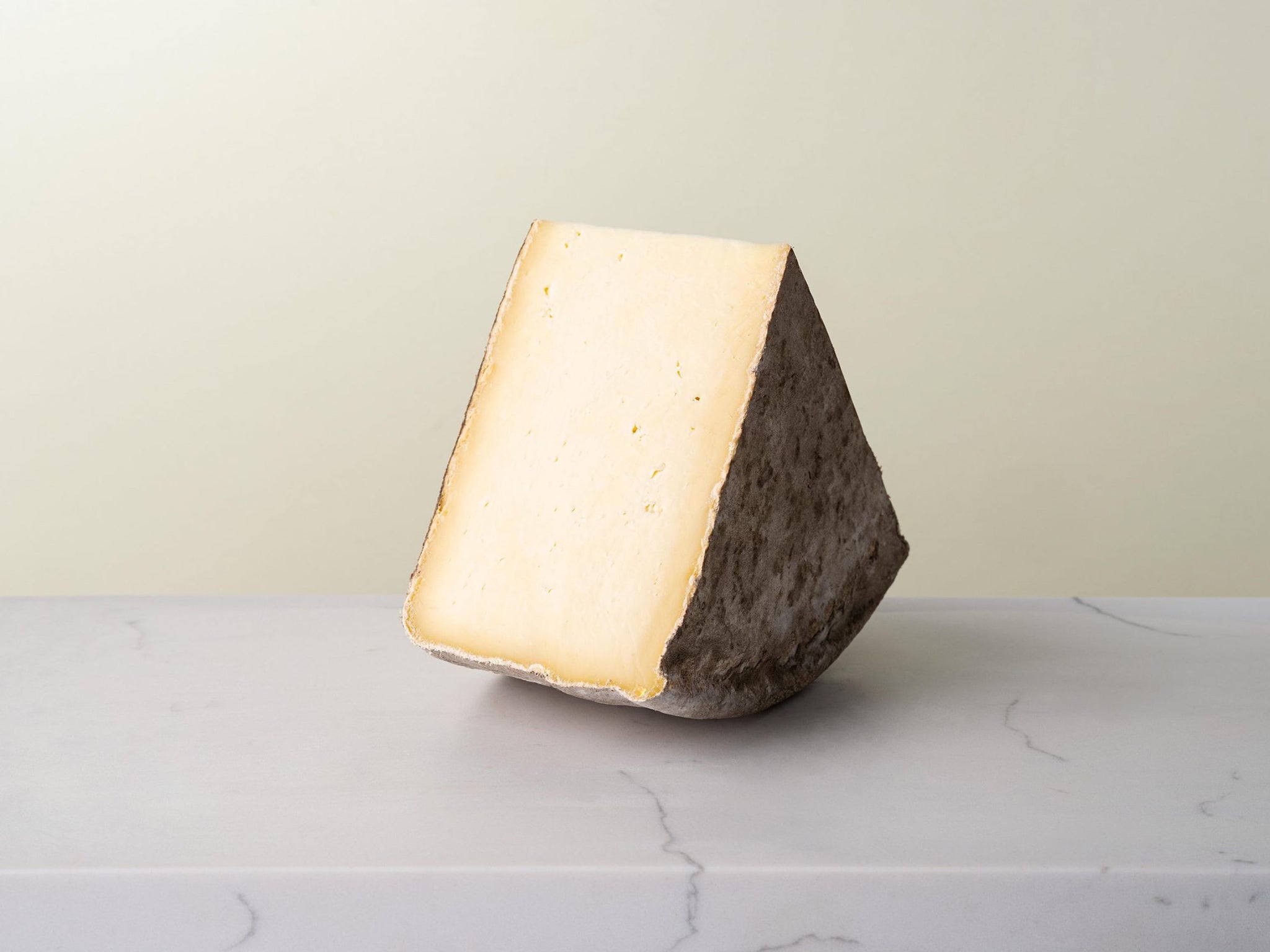
Gorwydd Caerphilly, a cheese steeped in Welsh tradition, now finds its home at Trethowan’s Dairy in Somerset. Crafted from raw milk, each wheel undergoes hand work to achieve its complex flavour profile. Matured for longer than typical Caerphilly cheeses, it boasts a sharp, lactic finish with mushroom and earthy undertones. The velvety rind gives way to a crumbly core, revealing layers of lemony lactic notes and savoury creaminess. Awarded multiple golds, including at the British Cheese Awards, it’s a testament to its exceptional taste. Despite its Welsh roots, Gorwydd’s relocation to Somerset honours the region’s historical cheesemaking legacy, blending tradition with innovation in every bite.
Colston Bassett Stilton
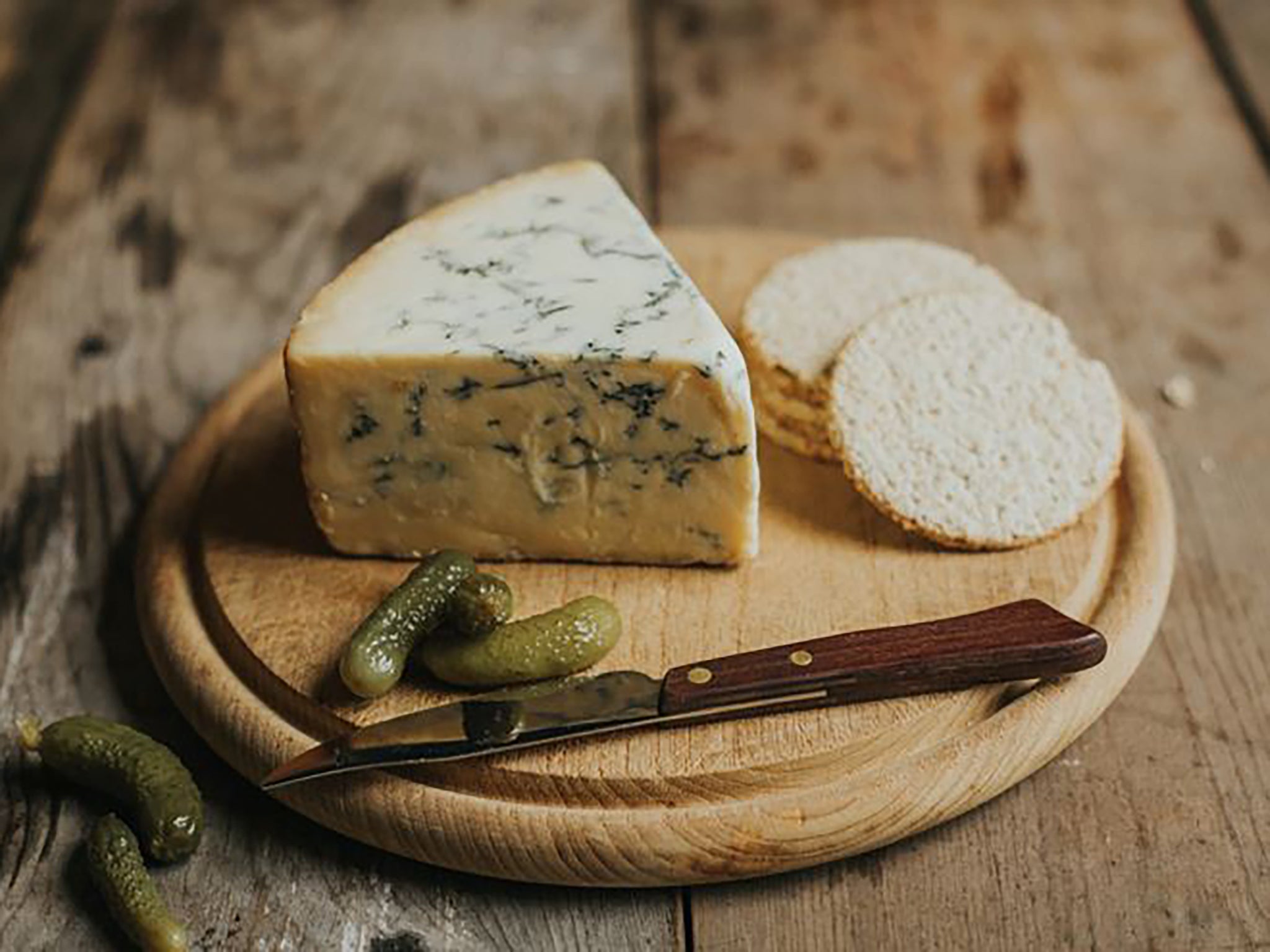
Colston Bassett Stilton, a masterpiece crafted by seasoned artisans following age-old recipes, stands as a beacon of cheese excellence. Loved worldwide for its consistently divine flavour, this blue cheese is a decadent indulgence. With its rich creaminess and lingering complexity, it’s a classic Stilton that tantalises taste buds with each bite. As it matures, its veins become more pronounced, promising a robust flavour experience. Notably, it’s the sole cheese recognised as safe for pregnant women by the Health and Safety Executive, catering to all cheese lovers alike. Salty, creamy, with a hint of acidity, it's a quintessential Stilton that pairs impeccably with a fine Tawny Port.
Cornish Yarg
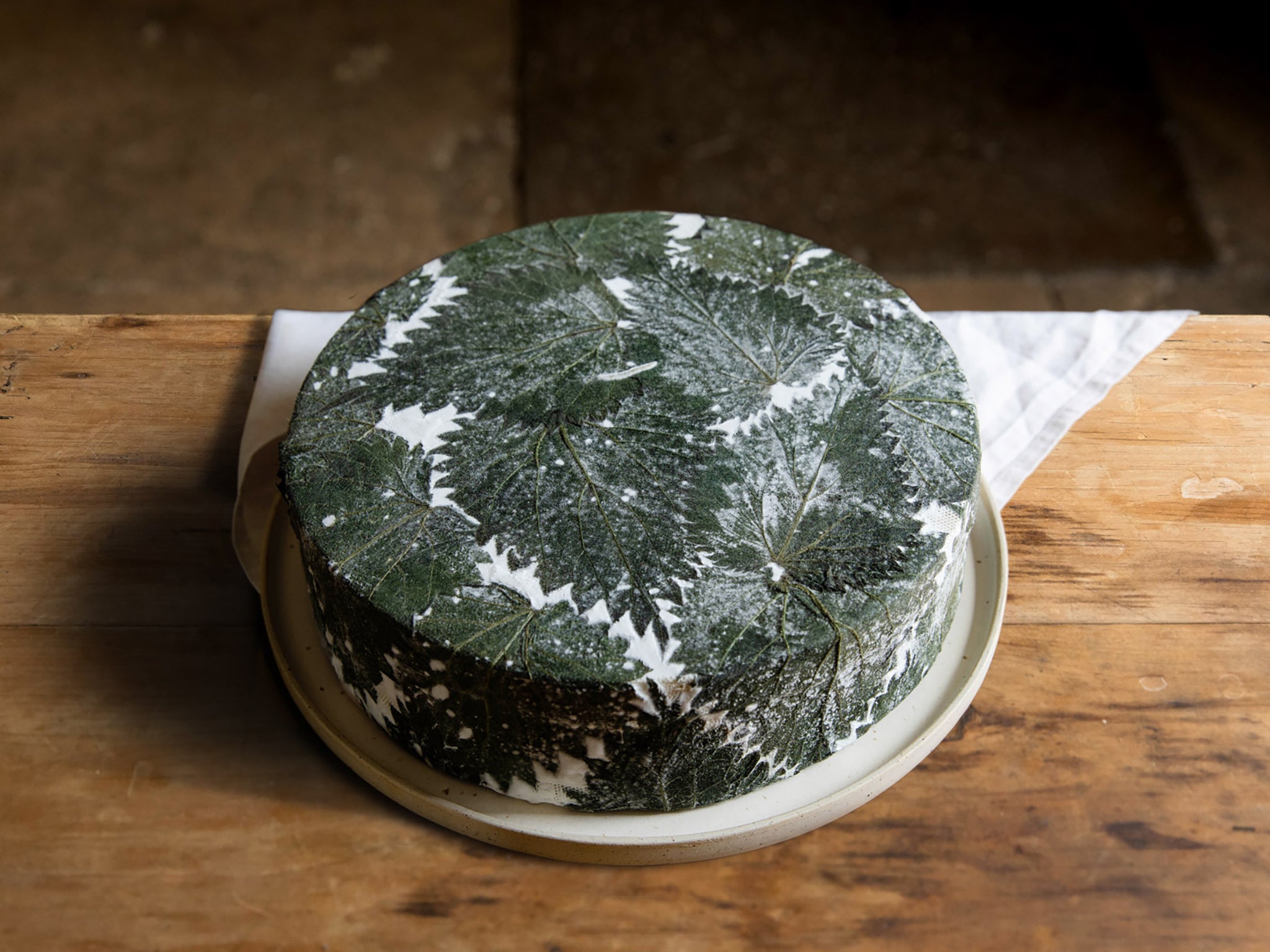
Cornish Yarg, a cheese with a whimsical origin – the founder’s name Gray spelt backwards – holds a distinct charm reminiscent of Caerphilly. Firm yet moist, it offers a delightful crumble that enhances its overall texture. But what truly sets Yarg apart are its enchanting adornments: hand-wrapped nettles. Foraged sustainably from local woodlands, these vibrant greens infuse the cheese with a magical, earthy essence that deepens as it matures. With meticulous care, each cheese is adorned in a pattern of concentric circles, bearing testimony to nature’s bounty. From field to finish in six weeks, Yarg boasts a fresh, mushroomy flavour with a tantalising crumble, earning its place as a cherished gem on any cheeseboard.




Join our commenting forum
Join thought-provoking conversations, follow other Independent readers and see their replies
Comments